UCSB Settles with County of Santa Barbara, Goleta on Student Housing
University Agrees to Build More Housing, Contribute $6 Million for Improvements to Campus Community and Surrounding Areas
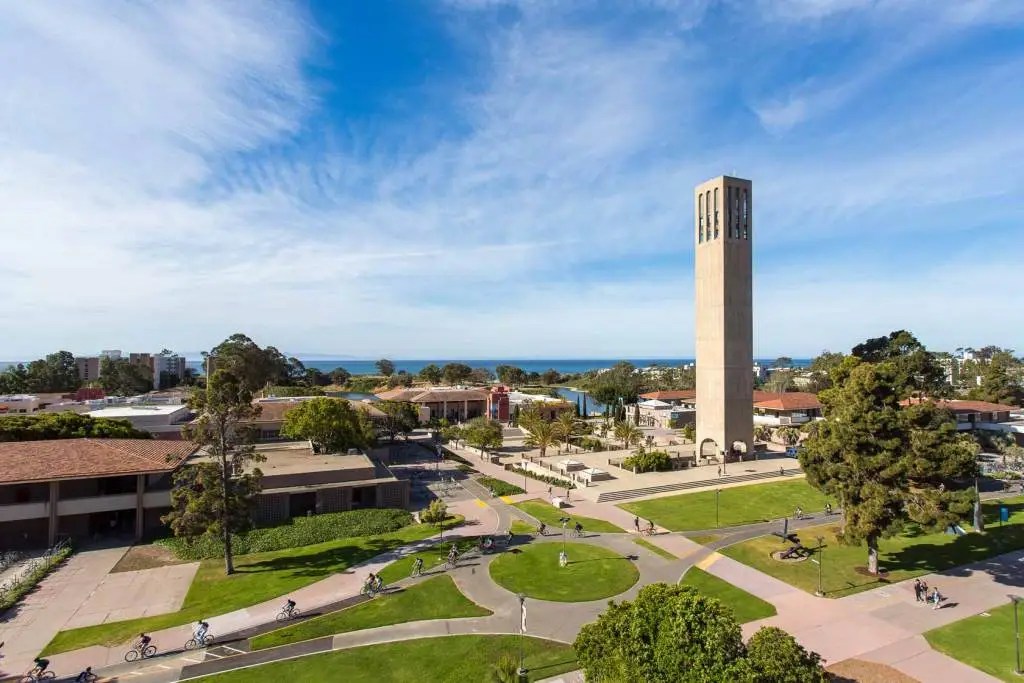
Hard on the heels of a UC Santa Barbara presentation on Tuesday about the 3,500 student beds it plans to complete by fall 2029 came a trio of press releases on Friday that the lawsuits by the City of Goleta and the County of Santa Barbara regarding a lack of promised beds on campus were settled for a total of $6 million and the university’s commitment to produce the required student housing.
According to the city and the county, UCSB had promised to deliver accommodations for 5,000 students before their population reached 25,000, but in fall 2020, enrollment was at 26,179, and the university was short on its housing commitment. Though UCSB disputed the enrollment total as reflecting one quarter rather than the required three, by 2021, the university had to house students in hotels, in part because of pandemic uncertainties and also for an acute housing shortage that put available rentals at 2 percent in Santa Barbara. It was also due in part to the school’s reliance that Charlie Munger’s nine-story, 4,500-student, nearly windowless dormitory would soon be built, but the concept had architects, faculty, and the community outraged and was nixed last year.
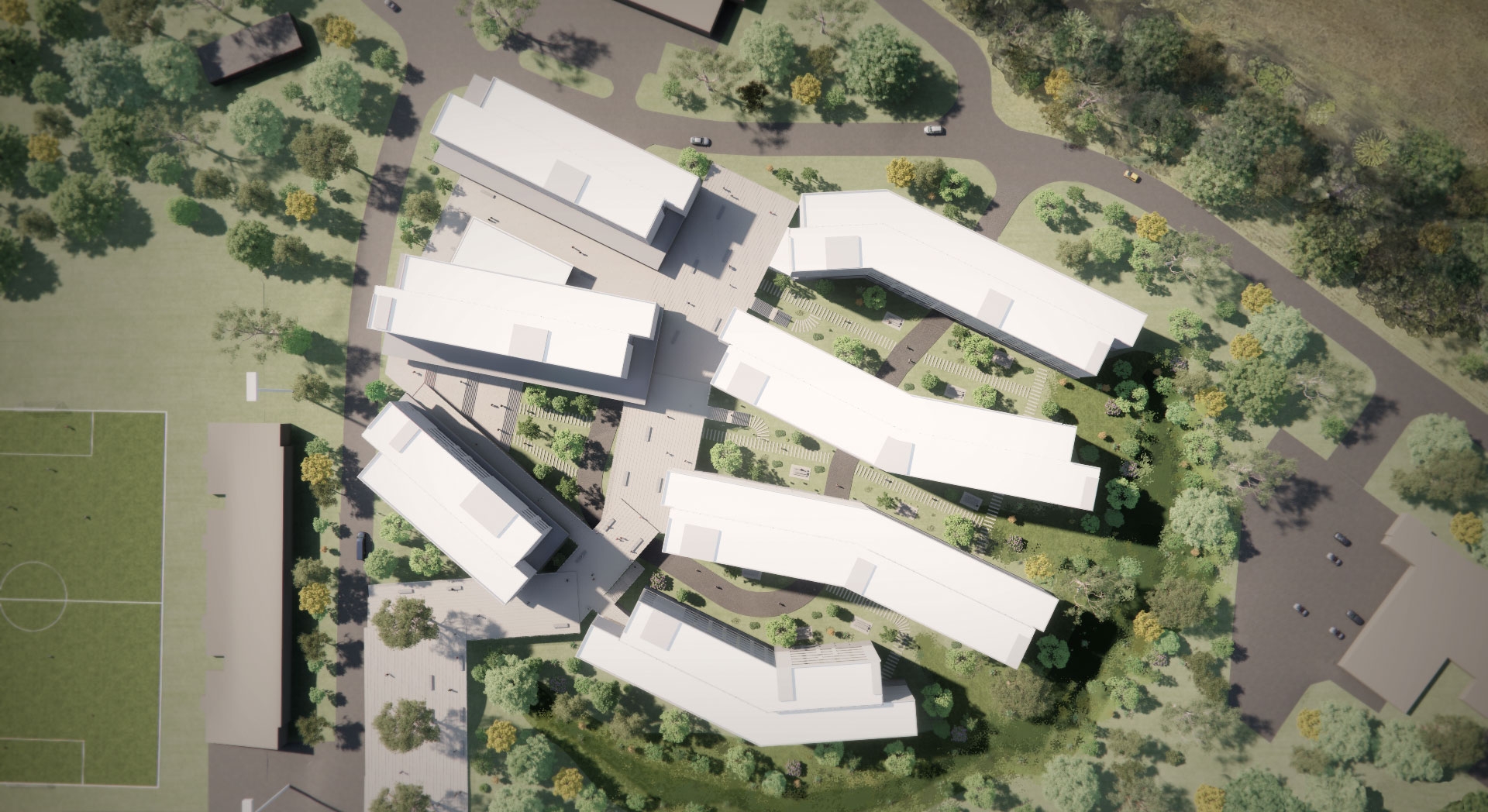
Instead, the 2,100-bed San Benito Student Housing Project is set on the location of a “prior donor project,” explained Josh Rohmer, UCSB’s director of Capital & Physical Planning, to the County Board of Supervisors on Tuesday. The land, which is state property, is not up for a rezone by the county, which was the subject of the meeting, but Rohmer said he would speak as the U was a “recognized major provider and user of housing.” With the university having added 1,500 beds already, that leaves 1,400 units to go, to be addressed in phase two of UCSB’s student housing build, which begins planning next month and will be open by fall 2029, Rohmer said.
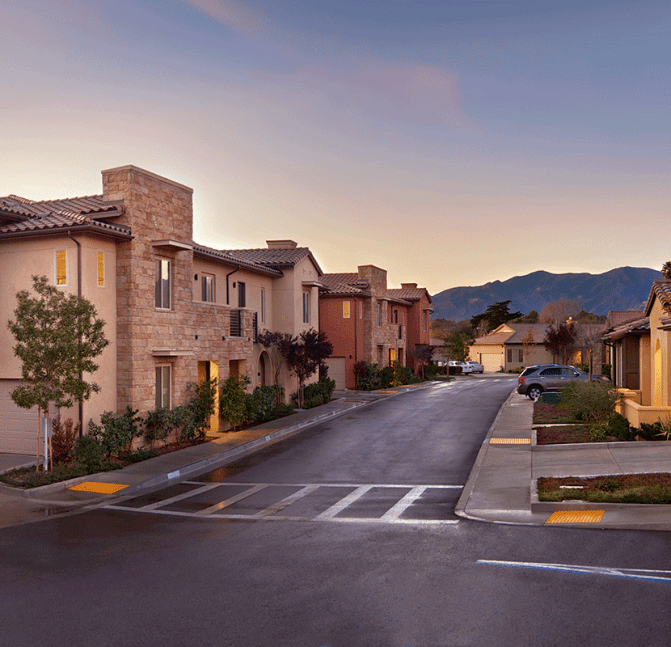
He went on to state that the Ocean Walk project was commencing its second phase, to ultimately provide 160 homes for faculty. The university was also finding another developer for a set of for-sale townhomes and for-rent apartments for faculty and staff along its border with Isla Vista, after the original developer resigned, reportedly over the infeasibility of affordable homes.
The workforce housing is part of the county’s settlement, which requires 1,874 units over the next eight years. The $3.7 million in settlement monies to the county will fund “community-serving projects in Isla Vista that benefit both the university and the broader communities,” the county’s press release reads.
“Affordable housing is the most vexing challenge facing our county,” said Supervisor Laura Capps, whose district includes Isla Vista, next door to UCSB. “This agreement acknowledges that UCSB’s struggles in meeting the needs of its campus community have had a cascading impact on us all,” said Capps.
In its press release, Goleta acknowledged that Senate Bill 118 changed the landscape of the litigation; the city had asked the courts for a cap on enrollment as a legal remedy, but SB 118 eliminates all existing UC enrollment caps as of this July. “The city’s other remedy was monetary,” the press release states, indicating the $2.3 million in settlement funds will go toward the new train depot and three miles of the San Jose Creek bicycle and pedestrian path, both of which also benefit UCSB students.
For its part, the university, through Vice Chancellor Chuck Haines, noted its “more than $2 billion direct and indirect annual contributions to the local economy. Additional investments in capital projects that benefit our neighbors in Santa Barbara as well as our students, staff, and faculty is a better use of resources than legal costs,” he said.
Premier Events
Sat, Apr 27
11:00 AM
Santa Barbara
Santa Barbara Plant Fest
Sat, Apr 27
8:00 PM
Santa Barbara
Beau James Wilding Band Live
Sun, Apr 28
6:00 PM
Santa Barbara
AHA! Presents: Sing It Out!
Thu, May 02
5:00 PM
Santa Barbara
Things with Wings at Art & Soul
Fri, Apr 26
10:00 AM
Santa Barbara
Splendid Plumage Exhibit Opens to Public
Sat, Apr 27
11:00 AM
Santa Barbara
Santa Barbara Plant Fest
Sat, Apr 27
3:30 PM
Santa Barbara
Santa Barbara Trapeze Co and Unity Shoppe Spring Food Drive
Sat, Apr 27
8:00 PM
Santa Barbara
Beau James Wilding Band Live
Sun, Apr 28
11:00 AM
Santa Barbara
Santa Barbara Earth Day Festival 2024
Wed, May 01
7:30 PM
Santa Barbara
American Theatre Guild Presents “Come From Away”
Thu, May 02
5:00 PM
Santa Barbara
100th Birthday Tribute for James Galanos
Thu, May 02
5:00 PM
Santa Barbara
Meet the Creator of The Caregiver Oracle Deck
Fri, May 03
4:00 PM
Santa Barbara
Santa Barbara Fair+Expo “Double Thrill Double Fun”
Fri, May 03
8:00 PM
Santa barbara
Performance by Marca MP
Sat, Apr 27 11:00 AM
Santa Barbara
Santa Barbara Plant Fest
Sat, Apr 27 8:00 PM
Santa Barbara
Beau James Wilding Band Live
Sun, Apr 28 6:00 PM
Santa Barbara
AHA! Presents: Sing It Out!
Thu, May 02 5:00 PM
Santa Barbara
Things with Wings at Art & Soul
Fri, Apr 26 10:00 AM
Santa Barbara
Splendid Plumage Exhibit Opens to Public
Sat, Apr 27 11:00 AM
Santa Barbara
Santa Barbara Plant Fest
Sat, Apr 27 3:30 PM
Santa Barbara
Santa Barbara Trapeze Co and Unity Shoppe Spring Food Drive
Sat, Apr 27 8:00 PM
Santa Barbara
Beau James Wilding Band Live
Sun, Apr 28 11:00 AM
Santa Barbara
Santa Barbara Earth Day Festival 2024
Wed, May 01 7:30 PM
Santa Barbara
American Theatre Guild Presents “Come From Away”
Thu, May 02 5:00 PM
Santa Barbara
100th Birthday Tribute for James Galanos
Thu, May 02 5:00 PM
Santa Barbara
Meet the Creator of The Caregiver Oracle Deck
Fri, May 03 4:00 PM
Santa Barbara
Santa Barbara Fair+Expo “Double Thrill Double Fun”
Fri, May 03 8:00 PM
Santa barbara

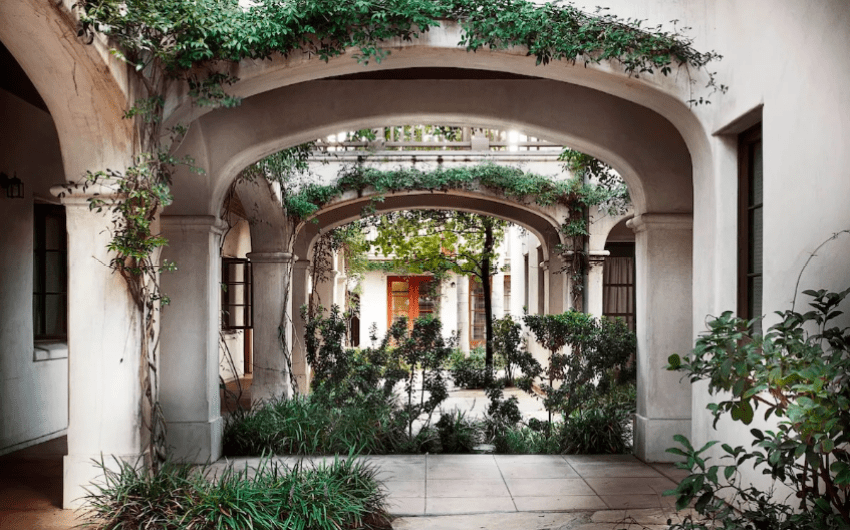
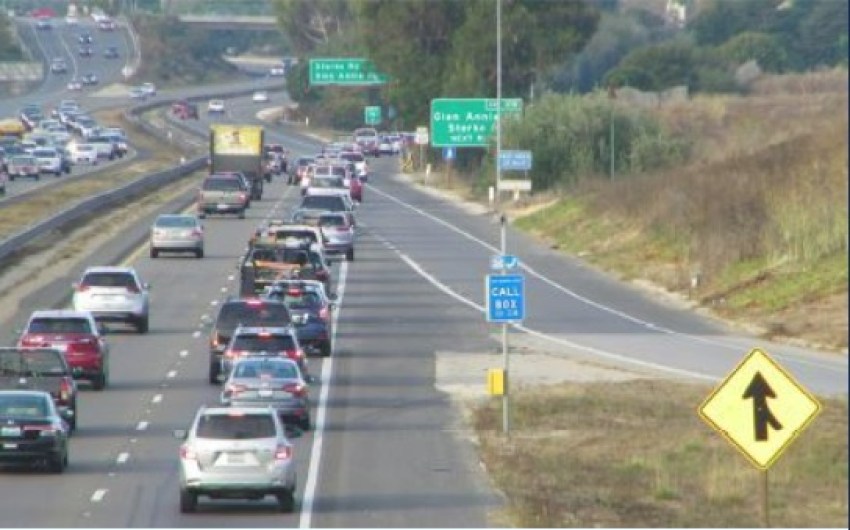
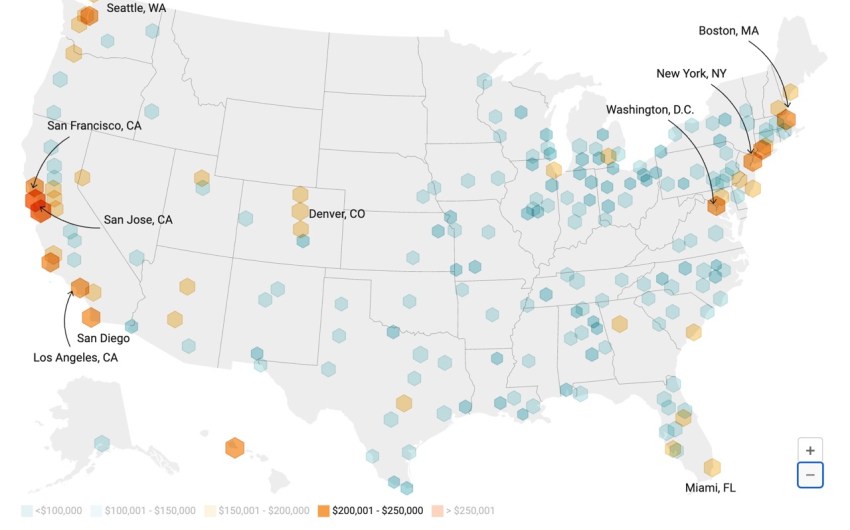





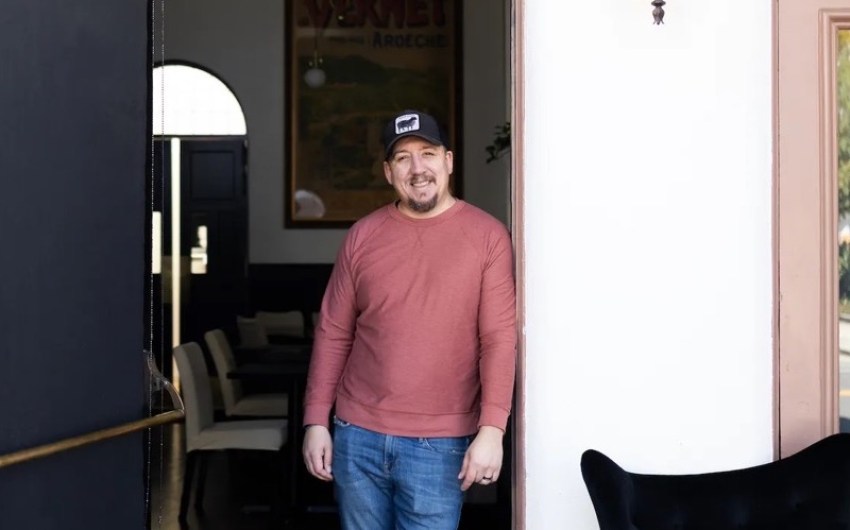

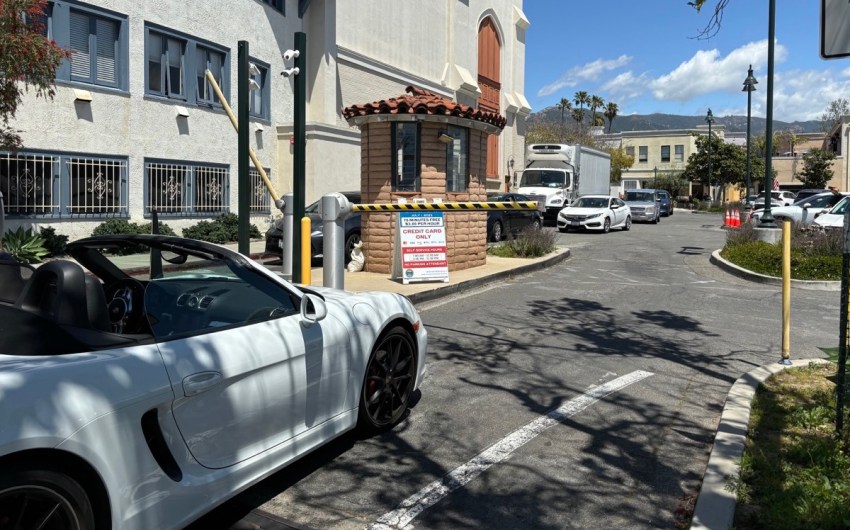












You must be logged in to post a comment.